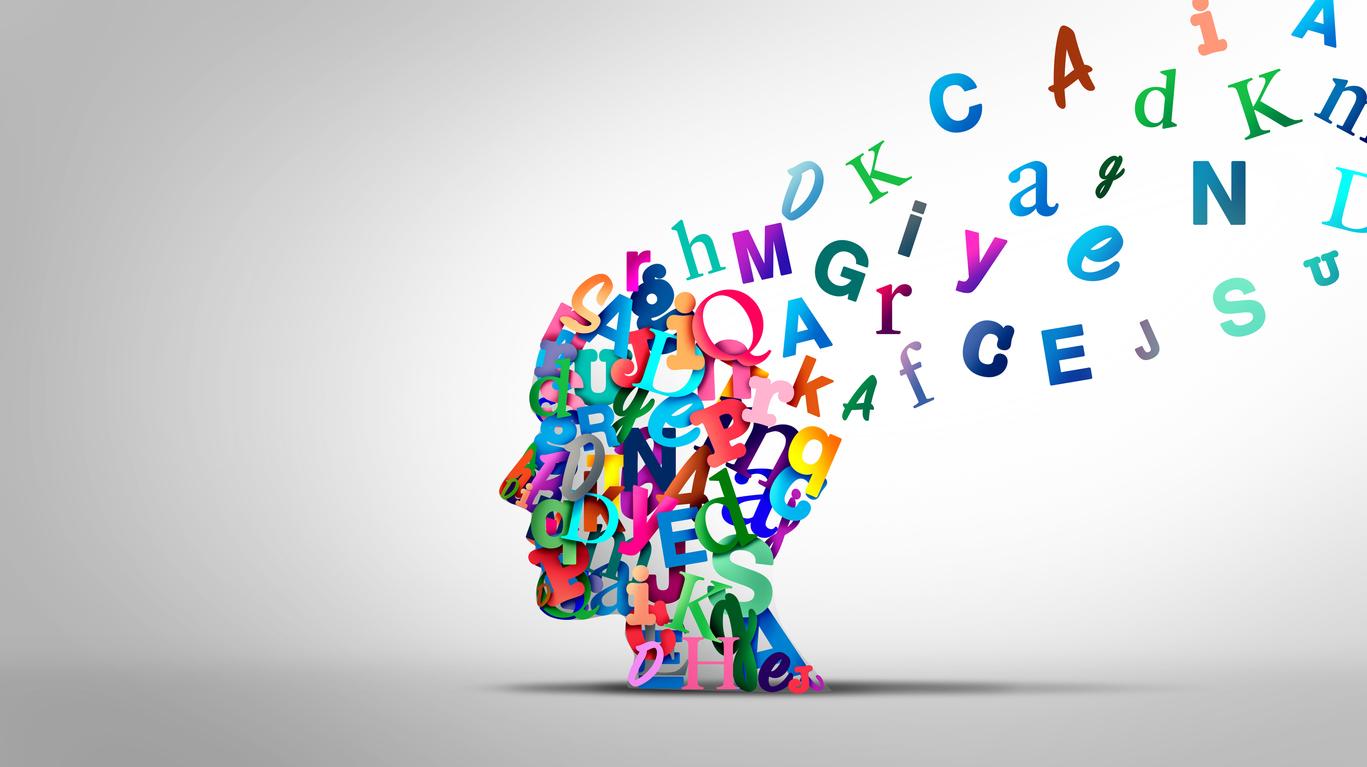To treat children’s dyslexia and improve their reading ability, it may be effective to subject them to rhythmic music sessions every week. This treatment should be followed for months and should be accompanied by speech therapy.
Dyslexia is a common disorder that affects 8% of children, according to the Academy of Medicine and which often leads to academic failure and illiteracy. However, there are avenues to improve the reading skills of children affected by this disabling disease.
Researchers from the National Institute of Health and Medical Research (Inserm) carried out a study to understand the impact of music and plastic art on dyslexic children aged 8 to 11. For the sessions of music, teachers have been trained in rhythm-based pedagogy so that all children benefit from the same training. But, “in a real situation, any program including rhythm, whether through song or dance, is interesting,” recalls Daniele Schön, researcher at the Institute for Neuroscience of Systems.
The findings of the study revealed that 60% of the children in the “music” group had improved in reading to the point of going beyond the diagnostic criteria for dyslexia, compared with only 28% of those in the “plastic arts” group. The researchers also submitted to the children another text, containing words invented in order to test their deciphering abilities: 75% of the children in the “music” group passed this test, against 36% in the “plastic art” group.
An effective and simple treatment to set up
This treatment is quite easily applicable, the sessions do not require special expertise on the part of the teachers and there are music therapists or music teachers who are used to these practices. It just takes rhythm!
“There is really a transfer of competence within the brain, from rhythm to the ability to discern sounds and therefore to read correctly”, explains the researcher.
“The child must have fun and want to go. And the cost can be quite moderate. But these sessions must come in addition to speech therapy which was never abandoned during our study and which remains a pivot care, ”he concludes.
Read also:
Dyslexia is not inevitable
Dyslexia: identifying a gene to detect it earlier
Dyslexia: visual disturbances could explain it
















